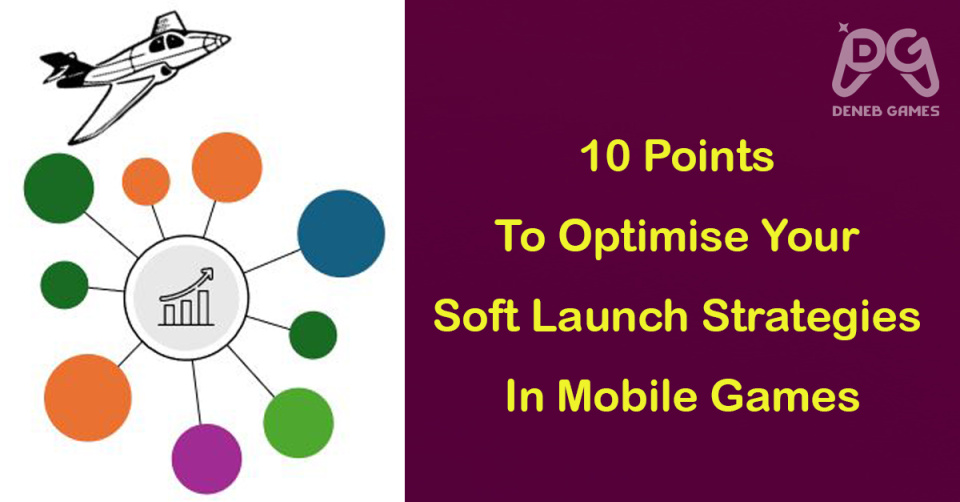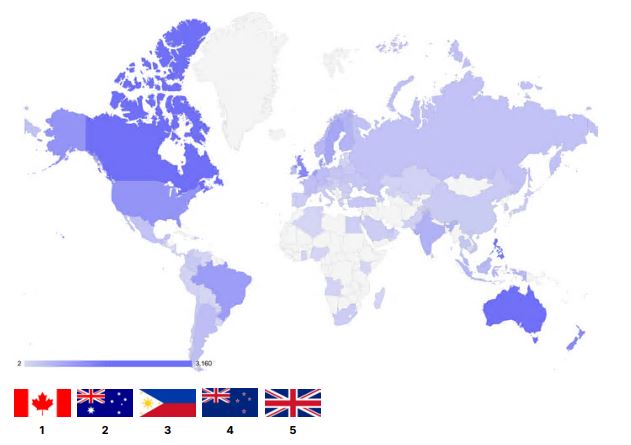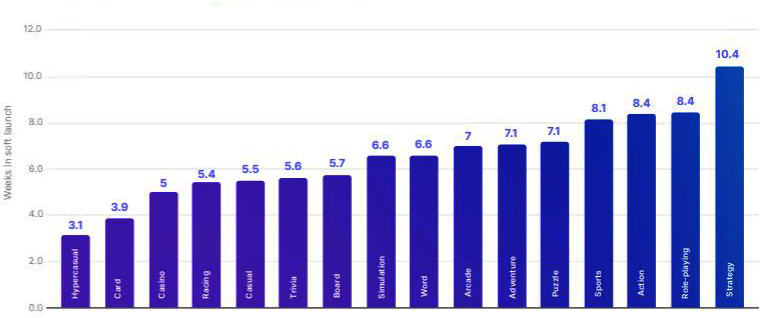
If you are not familiar with the game’s soft launch, it means releasing a game before its big global launch without a huge marketing effort. This is usually done with a small audience to find problems early, fix bugs, try out money-making ideas, and see how players react before spending a lot on a full launch (global launch). Soft launches also help game makers figure out the best ways to get players in places where the game has not been released widely yet.
In this article, we will explain how optimized games are launched.
1-Which “strategic timing” optimizes the soft launch?
The ideal time for soft launching games is January, as it coincides with the end of the holiday campaign and people resuming their usual routines. Ad impression costs fluctuate seasonally, typically being the most affordable in the first three months of the year and during the summer months of July and August.

Finally, your specific goals and the nature of the mobile game will determine the optimal time for a soft launch as well as how successful the launch will be for you. This is a very crucial period in the testing cycle, and it is essential to develop a well-defined strategy and timeline in order to make sure that you make the most of it.
2- In soft launch, where are the “best locations”?
Mobile game soft launches depend on a number of factors, including the target audience, budget, and genre of the game. Soft-launching mobile games are popular in the following regions:
English-speaking countries with healthy economies offer better conversion rates.
Publishers prioritize countries with high DAU and English as the primary language for soft launches.
Top choices include Canada, Australia, and the Philippines.

Researching and analyzing your game’s target audience and objectives are critical when choosing a country for a soft launch. Be sure to consider factors such as language, culture, player behavior, and monetization potential. Additionally, ensure that you have a clear plan for collecting and analyzing data and feedback from users during the soft launch phase in order to make informed decisions when it comes to the global launch in the future.
3- Application of “test the user experience” during soft launches
When launching mobile games and applications, it is important to test the user experience (UX) in order to ensure success. This phase lets you gather valuable insights about how players use your product, identify pain points, and make improvements.
During development, any good app is thoroughly tested. But when users arrive en masse, you’re bound to discover some problems. Soft launches, let you test for friction points while you can still make product changes.
As a result of testing the user experience comprehensively during a soft launch, you have the opportunity to address issues and make improvements before rolling out the service to a wider audience. There is no doubt that this iterative process is beneficial in order to achieve a more polished and successful final product.
4- “Proof of concept” by using the experience of a soft launch
A soft launch helps gauge demand and user conversion, ensuring your app’s viability based on user numbers and key metrics.

5- How long should a soft launch run for?
The average time for a soft launch is about six and a half weeks. However, the duration can vary for different games depending on how complicated the game is, who it’s made for, and how quickly players stop using it.
Games that are more complicated, and which are mid-core games such as action, role-playing, and strategy games, often have the longest soft launches, which can last from eight to 10 weeks. This is because these games usually have more complex gameplay or online features that need more time to be improved before the official launch.
On the other hand, casual games like hypercasual, card games, and casino games have shorter soft launches, usually around one month. This is because these games have simpler gameplay and shorter play sessions, or players tend to stop playing them sooner.

6- Making the most of UA to boost your soft launch
A soft launch can provide the perfect testing ground to see what works and what doesn’t with a limited audience, giving you learnings that can be applied to the full launch.
7- Make a better business model of the results
Determining user lifetime value (LTV) relative to acquisition costs is challenging before app launch. Success hinges on LTV exceeding cost per install, requiring possible UA improvements or monetization adjustments if not.

8- Prepare for the worst
A soft launch’s poor performance prompts crucial decisions: adapt app functionality, and business model, or possibly move on to new ventures to avoid budget waste.
9- Prepare for the best
A successful app may rapidly amass users, necessitating significant technical resources; an invite-only soft launch enables gradual scaling to meet demand.
10- Where next after a soft launch?
After confirming your app’s viability and testing its user experience, it’s time for a global or key market launch, backed by a well-utilized UA budget for the best chances of success.

Opting for a soft launch strategy can be highly beneficial, not only during the early stage of gaining users, but also for understanding what your users desire as you prepare for the full launch. During a soft launch, you can collect data on how users behave, identify what leads to success, pinpoint issues, and gain insights into user interactions with your app. By choosing this approach, you can increase the chances of a successful launch without risking the overall success of your app.
